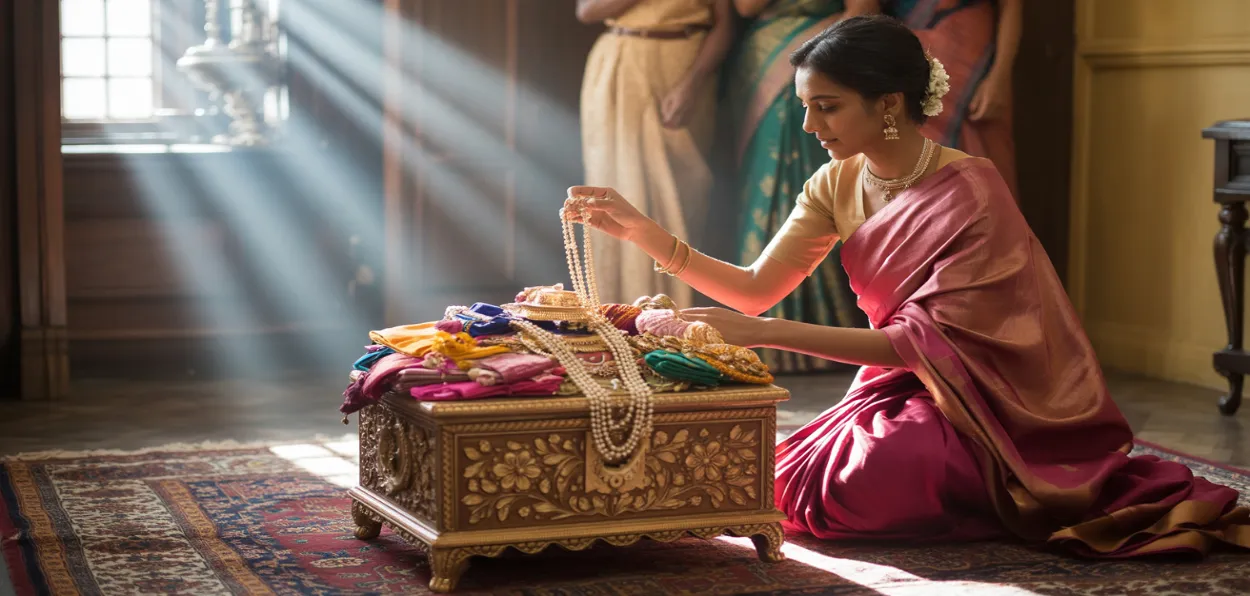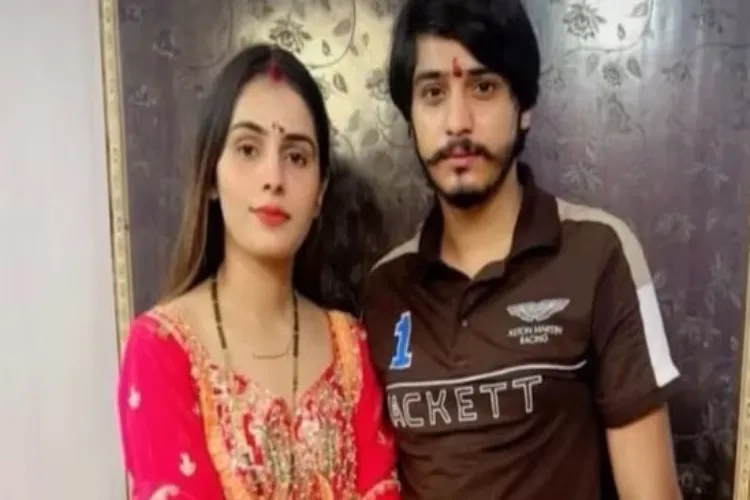
Uzma Khatoon
The recent case of a young woman named Nikki Bhati, who was burned alive by her husband’s family for dowry, left everyone shocked. However, such tragedies are not rare; according to the National Crime Records Bureau, 20 dowry deaths are reported every day in India. These stories expose the dark reality of a practice that was meant to empower women and has since become a tool of greed, oppression, and violence.
Dowry means the money, property, or gifts a bride brings to her marriage. Traditionally, it was considered a gift from the bride’s family to help her start her new life. In legal terms, dowry includes anything of value demanded or exchanged at marriage, while voluntary gifts are not counted. In many societies, dowry usually refers to cash, jewelry, or household appliances. As women often face barriers in inheriting family property, dowry is sometimes justified as a daughter’s share of family wealth.
Originally, dowry was meant for the bride’s welfare, but in practice, it has become a source of power for the groom’s family. What was once voluntary has become an obligation, often enforced by threats or pressure.
Many poor families fall into debt trying to meet the demands of their daughter's in-laws. The daughters are reduced to bargaining chips in the marriage market. Instead of protecting women, dowry has become a cause of their exploitation.
Defenders of dowry argue that it provides women with wealth, raises their value and position in their matrimonial homes, and also a family’s social standing. Yet the reality is very different. Most of the items given as dowry—cash, clothes, jewelry—rarely remain under the woman’s control. They quickly become part of the husband’s household, offering the bride little independence or security.
The consequences are severe. Dowry fuels the idea that daughters are a burden and sons an investment. It pressures families into extravagant spending and creates fertile ground for corruption, as police and courts often mishandle cases of dowry harassment or deaths. It encourages consumerism and caste-based pride, reducing marriage to a financial deal instead of a sacred union.
For many women, the results are deadly. When families cannot meet demands, brides are harassed, tortured, or even killed. In India, official records still show nearly 6,000 dowry deaths reported each year, though the real number is believed to be higher due to underreporting. Behind each number is a daughter, a wife, and often a mother whose life was cut short by greed.

Nikki Bhati and her husband Vipin (X)
Cultural and religious beliefs have also supported inequality. In some traditions, women are seen as dependent on fathers, husbands, and sons. Marriage is considered the only path to social respect or spiritual fulfillment. Stories and rituals have idealized the obedient wife who sacrifices everything for her husband, even her life. These ideas have normalized women’s subordination for generations.
The Dowry Prohibition Act was passed in 1961 and later strengthened. On paper, giving or receiving dowry is illegal. But in practice, the law has had limited success. Families hesitate to report cases, fearing social stigma. Police and courts often dismiss victims’ complaints, and corruption weakens enforcement. Many women named their abusers before dying, yet courts refused to accept their statements as valid evidence. Justice remains rare.
Dowry survives because it is tied to deep social beliefs, male dominance, and caste divisions. Dowry deaths reflect a society that measures a woman’s worth in terms of wealth. Until traditions, laws, and attitudes change fundamentally, dowry will remain a tool of exploitation.
Education is often seen as a solution, and it does play a role. It raises awareness, promotes gender equality, and builds women’s confidence. Activists have worked on revising textbooks, training teachers, and running awareness campaigns.
Ironically, education sometimes increases dowry demands. A well-educated girl is expected to bring a larger dowry to match her groom’s education level. Families may spend more on dowry than on their daughter’s schooling, treating both as expenses rather than investments. Girls who study beyond a certain level face reduced marriage options, as many men refuse brides who are “too educated.” This discourages education and leads to higher dropout rates for girls.
The dowry problem is deeply entrenched in culture, caste, religion, and economic structures. It is not just an Indian issue but a global concern wherever women are treated as property. International support, awareness campaigns, and women’s movements have highlighted the cruelty of dowry, but meaningful change must come from within society.
From an Islamic perspective, the dowry system as practiced today is completely un-Islamic. Islam emphasizes marriage as a sacred contract based on mutual respect and consent. Women are not seen as burdens, and raising daughters with love is considered a noble act. In Islam, marriage begins with Nikah, a contract agreed upon freely by both bride and groom. A woman forced into marriage has the right to reject it. Marriage is meant for companionship, support, and building a family, not for financial transactions.
Unfortunately, in India, dowry customs have spread even among Muslims, despite Islamic teachings. What should be voluntary gifts have become demands, with amounts depending on the groom’s education and status. Poor Muslim families also suffer under this system, and cases of harassment and dowry deaths are reported in states like Bihar and Uttar Pradesh. This shows how cultural practices can overshadow religion.
To change this, reform must come from within. Muslim communities must return to the principles of Islam, which reject dowries and promote equality. Women should be made aware of their rights, and men must be held accountable to honour Mehr and provide support.
Inheritance and property must be given in an Islamic way. Education and economic independence for women are crucial in resisting exploitation. By following the Prophet’s example of simplicity and fairness, Muslims can lead by example in rejecting dowries.Some scholars believe that with urbanization, women’s education, and shrinking rural-urban divides, dowry may eventually decline in India too. But this will take time. For now, dowry reflects the larger reality of inequality: daughters moving to their husband’s homes while sons remain with parents to inherit wealth. As long as this structure remains, dowry will continue.
To end dowry, society needs more than laws. It requires social reform, education, and community action. Women must have equal rights to inheritance and property, reducing the need for dowry as compensation. Families should reject lavish weddings and gifts, choosing simplicity. Religious and community leaders should speak out clearly against the practice. Schools must teach gender equality from an early age, shaping the next generation to value women as individuals, not commodities.
ALSO READ: Sanskrit scholar Onampilly Muammad Faizy's teaches integrated religious studies
Most importantly, women need economic independence. When women can earn, own property, and make choices, they are less vulnerable to exploitation. Empowerment through education and employment is the strongest weapon against dowry.
Dr.Uzma Khatoon has taught in the Department of Islamic Studies at Aligarh Muslim University
